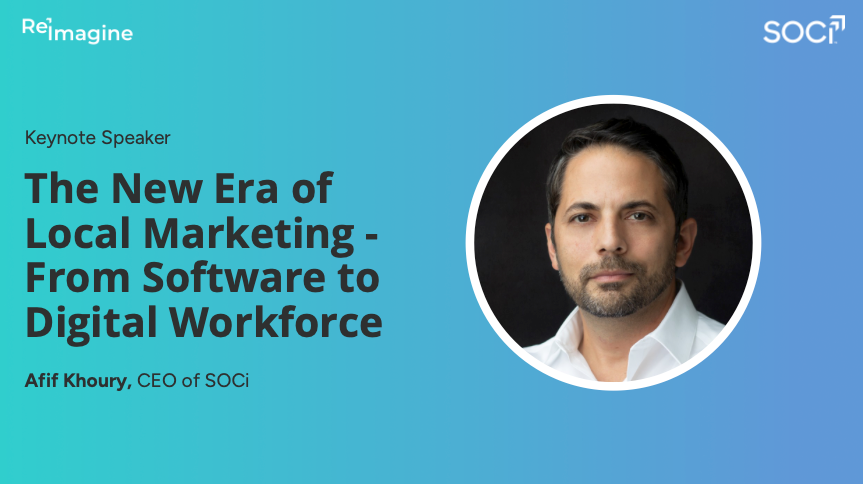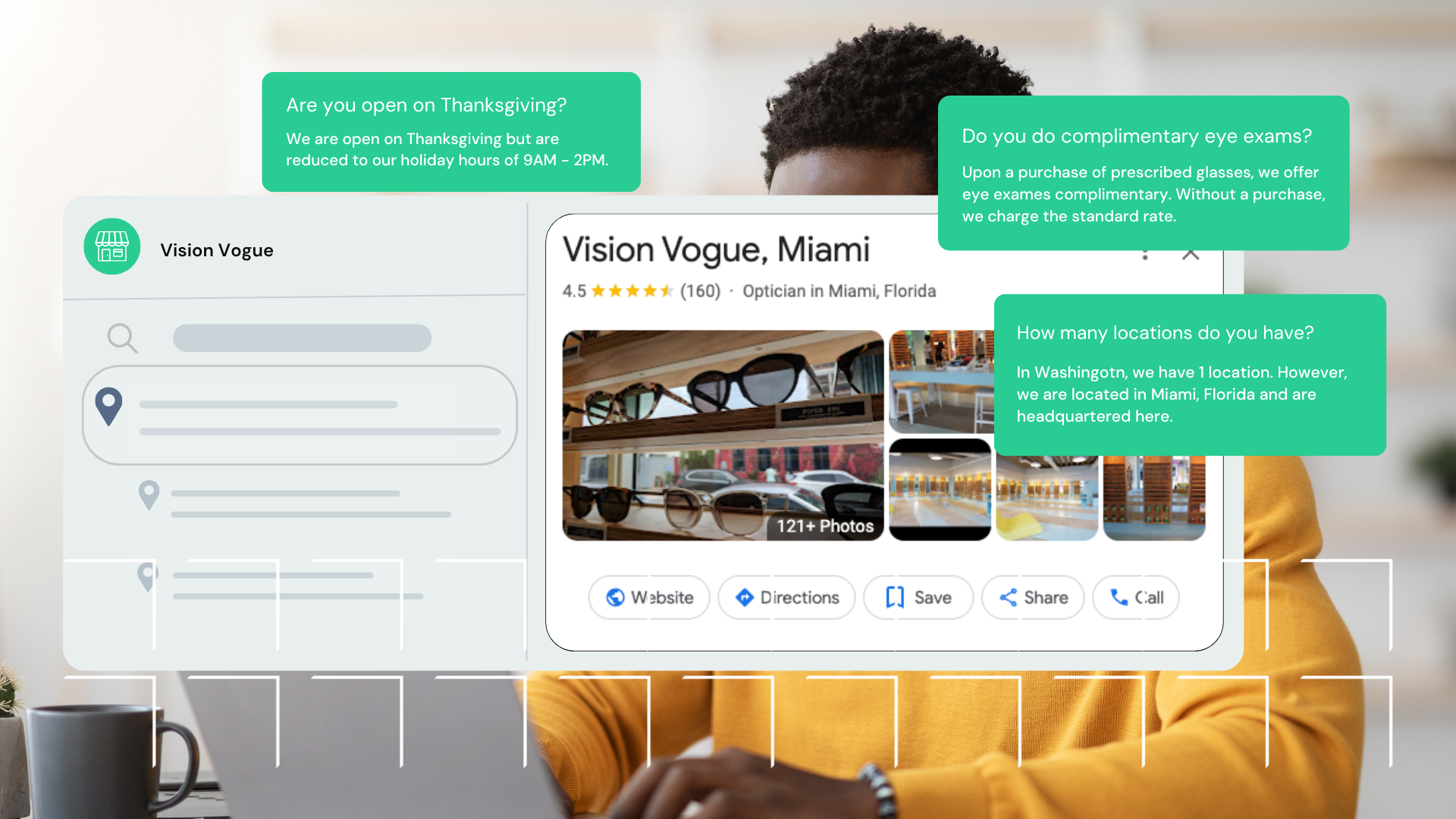How Much Is Broken Local Marketing Really Costing You?
Ten years ago “local search” meant Google, period. Today it sprawls across Apple Maps, TikTok, Instagram, Yelp, voice assistants, and AI chat results. Gen Z already flips between three or more apps before choosing where to buy. With that in mind, corporate marketers must keep every channel accurate, current, and compelling. Easier said than done, of course. Each platform has its own fields, rules, and ranking quirks. Miss one detail and that location simply vanishes from a shoppers shortlist, no matter how big the brand budget.
Most enterprises tried to tame the chaos with point-solution SaaS: one tool for listings, another for reviews, a third for social, plus endless webinars to drive adoption. The strategy looked solid on paper because visibility, reputation, and engagement do matter; the reality is far messier. Local businesses churn, log-ins get lost, and training fatigue sets in. Industry surveys show marketers now use barely a third of the features they pay for. Adoption rarely tops fifty percent, leaving teams to battle the same fires over and over: wrong hours on Google, duplicate pins on Apple Maps, unanswered one-star reviews, silent social pages.
The Multi-Million Dollar Cost of Local Marketing Failures
Picture a 200-location national brand targeting $1 million dollars per site. Let’s say:
- 3% of searchers bail because a listing is wrong (-$6 million in revenue)
- 2% defect after seeing ignored reviews (-$4 million in revenue)
- 1% percent scroll past a dead-quiet social feed (-$2 million in revenue)
That’s about $12 million dollars slipping away each year!
The revenue math hurts, and that figure lands before we even count the cost of unused software and the corporate headcount hired to fix the mess. Why do well-funded programs keep falling short?
Fragmented attention mirrors fragmented search. Field teams juggle half a dozen disconnected dashboards, each shouting its own alerts. Corporate leaders schedule refresher trainings no one attends. Meanwhile, data decay marches on: a holiday hour never updated, an outdated menu photo, a review that sits unanswered for days. Shoppers interpret each micro-failure as a broken promise. Algorithms quietly agree and push the location lower in results.
Embracing a Digital Workforce that Never Sleeps
Forward-looking CMOs now treat local presence like CFOs treat cash flow: track it daily, optimize relentlessly. Their emerging weapon is an always-on digital workforce powered by agentic AI. Instead of begging humans to master every interface, autonomous software specialists execute the playbook with machine-level consistency. SOCi’s Genius Agents show the shift in action.
- Genius Search Agents sync every location across every discovery channel and publish localized content turned to each algorithm.
- Genius Reputation Agents patrol reviews around the clock, drafting brand-voiced replies within minutes (but not in the middle of the night when it doesn’t make sense) and flagging only true edge cases.
- Genius Social Agents curate, write, schedule, and refine local posts, learning from engagement patterns to improve the next batch.
Early Genius Agents rollouts have rocketed task completion without extra headcount.
From Fragmented Visibility to Always Found
The takeaway is blunt. “Search is Fragmented” is not a marketing spin; it is our reality. Every invisible or silent location taxes your brand budget, siphoning media dollars, and eroding trust. More dashboards and longer playbooks treat symptoms, not causes. Brands that flip fragmentation into competitive advantage will pair human creativity with a tireless digital workforce. When every location is accurate, responsive, and socially alive every hour of every day, marketing spend compounds instead of leaking, and local buyers find you precisely when they intend to act.
You can’t afford to let fragmentation stall growth and bloat your budget. Genius Agents keep every location visible and engaging. Ready to activate your digital workforce?




